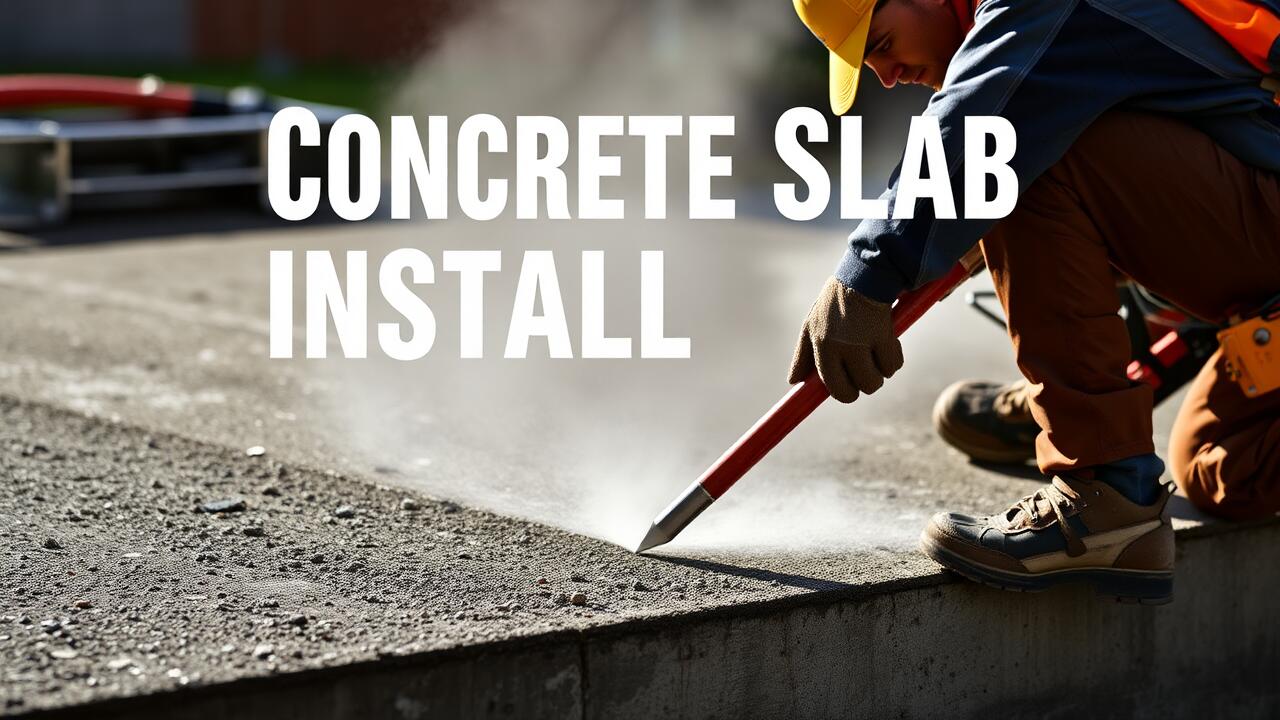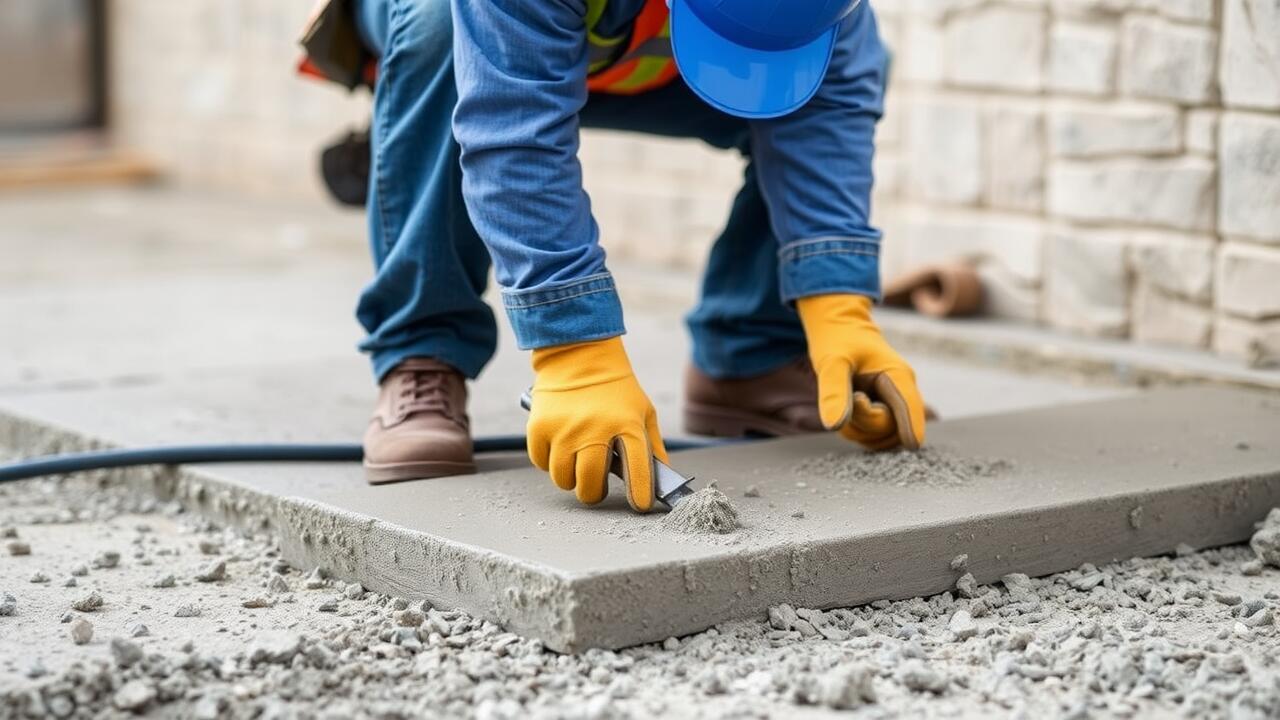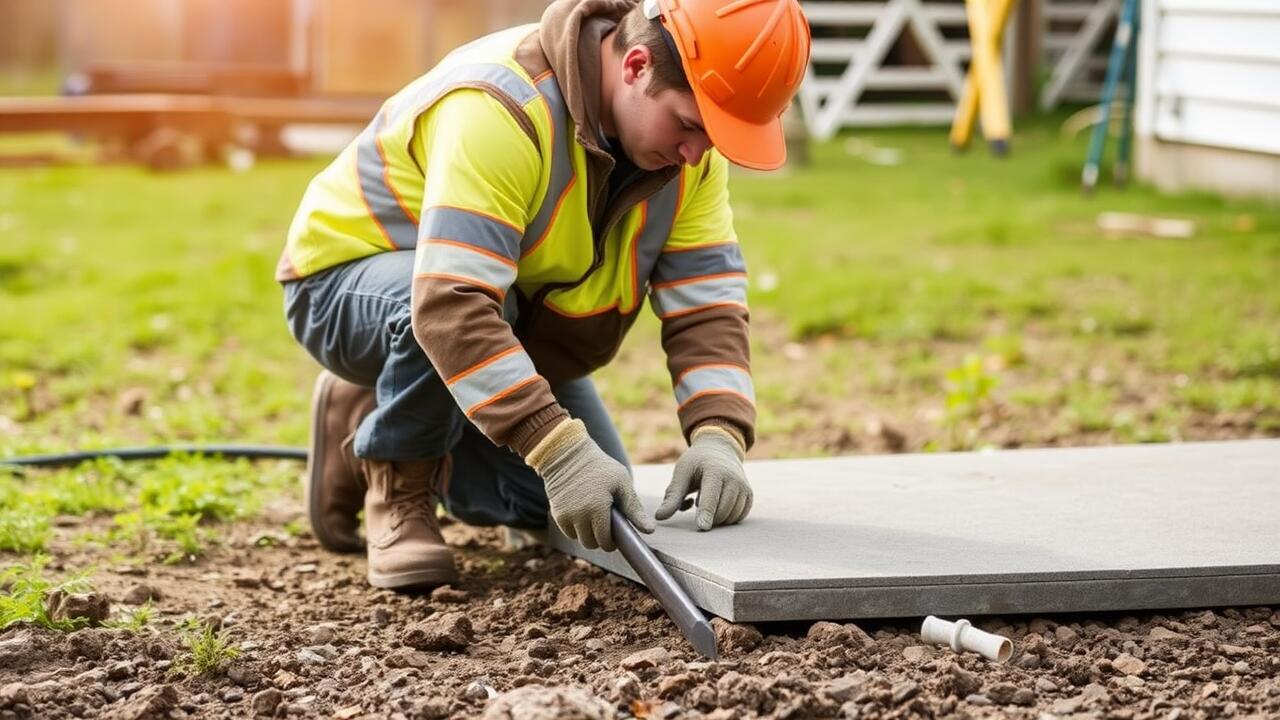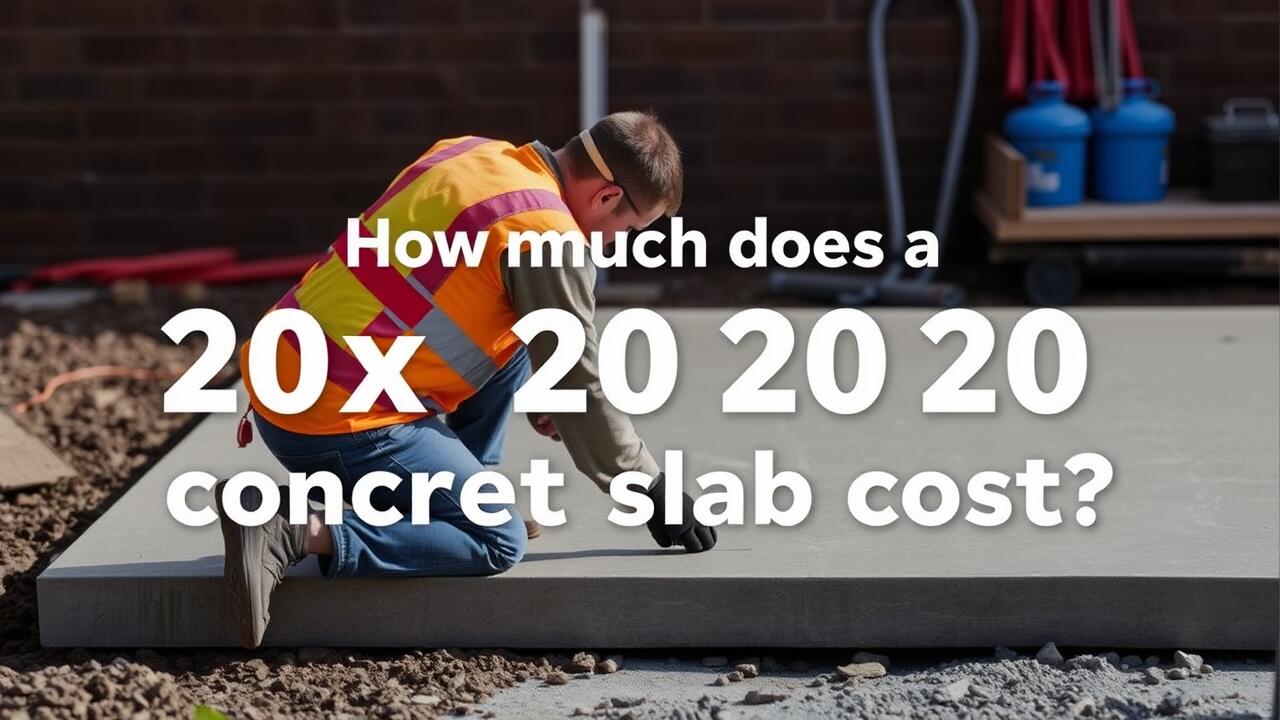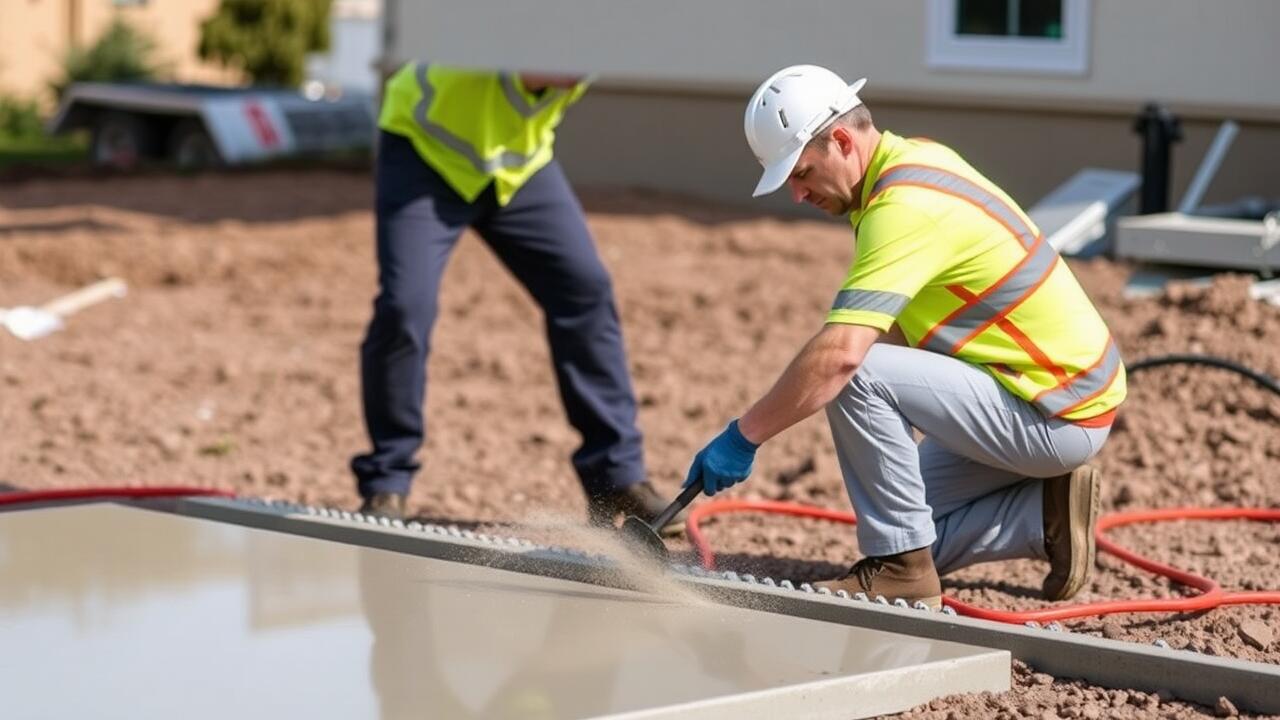
When Gravel May Not Be Required
In certain situations, gravel may not be necessary for concrete slab installation. If the site has well-draining soil and good existing conditions, the need for a gravel layer can be minimized. This approach may save both time and materials, making it a practical choice for specific projects. Local building codes and regulations often dictate the requirements, so checking these guidelines is essential before deciding against gravel.
Areas with stable, compacted ground may also offer sufficient support without gravel. In regions where this is the case, such as during Concrete Slab Installation in Alhambra, Phoenix, a direct pour on the existing soil can maintain structural integrity. Concrete slabs in these conditions still need proper leveling to prevent issues later on. Evaluating the soil types and environmental factors can lead to informed decisions regarding the necessity of gravel.
Situations Where Alternatives Work
In some specific scenarios, gravel may not be necessary beneath a concrete slab. For instance, if the building site is already composed of stable, compacted soil, homeowners may choose to skip gravel altogether. This approach is sometimes adopted in areas where the soil exhibits good drainage properties, allowing effective moisture management without the added expense of gravel.
Another alternative is utilizing a vapor barrier, especially in regions prone to moisture issues. By placing a high-quality vapor barrier directly on the soil, the risk of water seeping through the concrete slab can be minimized. This method can be particularly useful in projects like Concrete Slab Installation in Alhambra, Phoenix, where local conditions may dictate a different approach to site preparation while still ensuring a solid foundation.
Cost Considerations for Using Gravel
Using gravel under a concrete slab can significantly influence the overall costs associated with a project. Gravel serves as a foundational layer that aids in drainage and reduces the risk of cracking. The initial expense of purchasing and laying down gravel may seem like an added burden, yet it can prevent costly repairs and maintenance down the line. Homeowners should weigh these factors carefully when planning their budgets, especially for projects like Concrete Slab Installation in Alhambra, Phoenix.
When considering the expense of materials, it's also essential to account for labor costs. The inclusion of gravel may require additional time and expertise during the installation process. Hiring professionals who are experienced in the specific needs of gravel layers can impact the overall budget. Understanding the implications of not using gravel can help homeowners make informed decisions to avoid future costs that may arise from settling issues or water intrusion.
Budgeting for Gravel and Concrete
When planning for a construction project like Concrete Slab Installation in Alhambra, Phoenix, it's crucial to factor in the costs associated with materials. Gravel serves as a foundational layer that can improve drainage and stability. Although it may seem like an added expense, the benefits it provides can justify the investment. Budgeting for both the gravel and the concrete can help ensure that the project stays on track and meets quality standards.
In addition to the primary materials, it's important to consider labor costs, equipment rental, and potential site preparation expenses. Each of these elements contributes to the overall budget, which can quickly add up. By thoroughly assessing all aspects of the project, homeowners and contractors can make informed decisions that align with their financial resources while ensuring a robust and durable concrete slab.
Long-Term Effects of Not Using Gravel
Skipping gravel beneath a concrete slab can lead to long-term issues that affect the overall stability and integrity of the structure. Without proper drainage, moisture may accumulate underneath the slab. This moisture can result in hydrostatic pressure, which pushes up against the concrete, causing cracking and uplift over time.
Moreover, the absence of gravel limits the ability of the soil to settle evenly. This uneven settling can create voids beneath the slab, resulting in sagging or shifting. In regions like Alhambra, Phoenix, where the soil composition may vary, these issues are particularly significant. Proper preparation during Concrete Slab Installation in Alhambra, Phoenix, can help mitigate these risks and prolong the life of the slab.
Potential Issues with Foundation Integrity
When gravel is omitted during concrete slab installation, there is a greater risk of uneven settling. Without a proper base, moisture can accumulate beneath the slab, leading to erosion of the soil over time. This erosion can cause the concrete to shift, creating cracks and other structural issues. The integrity of the entire foundation may be compromised, potentially resulting in costly repairs.
In regions like Alhambra, Phoenix, where soil quality may vary, the absence of gravel can exacerbate these problems. Soil that is prone to expansion and contraction due to moisture fluctuations can be particularly problematic. Ensuring a stable subbase is crucial for maintaining the longevity of a concrete slab, given that movement in the underlying soil can create long-term weaknesses in the structure above.
FAQS
Do I need gravel under a concrete slab?
While gravel is not always required, it is generally recommended for providing drainage and stability. The necessity can depend on factors such as soil type, climate, and the intended use of the slab.
What are situations where gravel may not be required under a concrete slab?
Gravel may not be needed in cases of well-draining soil, or if you're using alternatives like compacted sand or a vapor barrier, which can also provide adequate support and drainage.
What are the cost considerations for using gravel under a concrete slab?
Using gravel can add to the overall cost of your project, as you will need to purchase the material and potentially pay for its delivery and installation. It's essential to factor this into your budget along with the concrete itself.
What long-term effects can occur if I don’t use gravel under my concrete slab?
Not using gravel can lead to potential issues such as poor drainage, which may cause water accumulation and weaken the foundation, leading to cracks and structural problems over time.
Can I use alternatives to gravel under my concrete slab?
Yes, alternatives like compacted sand, crushed stone, or a proper vapor barrier can be used in some instances. However, it's crucial to ensure that these alternatives provide the necessary support and drainage needed for your specific project.
